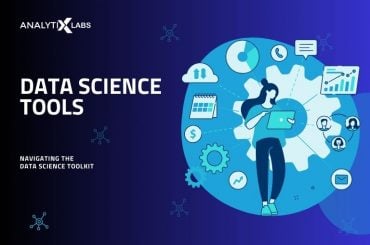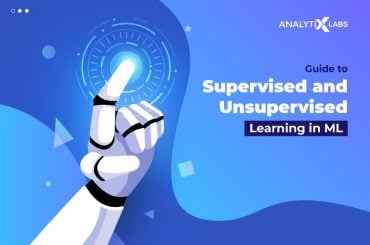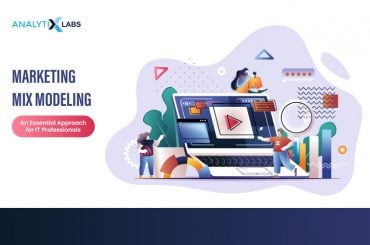Machine learning is not synonymous with data science. Period. They are largely different but are related.
The fundamental difference: Machine learning vs. data science
Going by Johns Hopkins Data Science Specialisation, data science can be defined as a process of obtaining, transforming, analyzing and communicating data to answer certain questions. If you want a direct linear (fake) approach to understand the process, it can be laid down as:
Data question -> raw data -> clean data -> analysis -> product
In reality, each step is related to the other. Any future step can impact any of the previous steps, and vice-versa.
Data science refers to finding out something meaningful from a data set. You might be familiar with the story of Target and an angry father. According to reports, Target happened to send coupons for baby clothes and cribs to a teenage, enraging her father to the point that he demanded an explanation for the unsolicited emails. While the manager of Target had no clues as to what led to the confusion, he did apologize. Later, when the manager called up second time to apologize, it turned out that the teenager was actually pregnant and her dad was not aware of the same. As a matter of fact, the angry dad ended up apologizing.
This is just an eerie example of how data mining works. By monitoring the buying patterns closely and the data collected from the same, brands can make accurate marketing decisions.
But data mining is not a cakewalk. While there are many who work manually with data to decode buying patterns, often data sets are too huge for manual instructions. When it becomes impossible to manually teach the computer or give instructions for each kind of data situation, machine learning comes to aid.
What is machine learning?
Machine learning can be defined as a set of techniques for a certain program to function better against certain metrics as the program keeps gaining more experience with time. For instance, Amazon’s recommendation program is an example of implementing machine learning in our daily lives. This is a recommendation engine whose task is to send out relevant recommendations to you that you are most likely to buy. While you keep browsing through various catalogs and make purchases, this recommendation engine monitors your patterns and gains more experience.
Machine learning is more like giving raw data to a computer with a final objective. With no explicit instructions manually fed, the machine keeps learning newer ways to achieve that objective with time.
Is machine learning an integral part of data science?
You have heard about automated cars, right? That’s one of the biggest examples of machine learning.
Automated cars are still in debate because it is yet not clear as to who should be the one to learn rules with time – the machine? those who are inside the car? or those who are outside the car?
Let’s say you give an objective that the car should not cause an accident. However, you do not give any explicit instructions on how to do it. The machine now has numerous permutations and combinations to handle the situation. Whether it will press brake or will turn left or change the gear- it will keep learning with time.
However, this is not related to how many people are interested in buying an automated car. There may be a thousand people interested in automated cars,; some might want certain features and some might go for colours. Collecting tons of data on people who are interested in buying automated cars can help in finding out a certain buying pattern.
Data science and machine learning: the correlation
If the data set is huge, so huge that manual instructions cannot be fed, then yes, machine learning can help. With huge tons of data, machine learning can help in finding a specific pattern. In such cases, an abstract objective is provided to the computer, and the machine uses all the data to figure out the best approaches to achieve that objective. This, in-turn will help you strategize optimum ways of driving in more people who’d be interested in buying automated cars.
Although they are not synonymous, data science and machine learning can come together during predictive analysis. Using machine learning, you can predict the phenomena and also discover better signals to make accurate decisions.








1 Comment
Hello,
Greetings Of The Day
Nice Blog you have written about machine learning and data science. Machine Learning is really very demanding technology nowadays. Machine learning is progressively similar to giving crude information to a PC with the last goal. With no express guidelines physically nourished, the machine continues learning more up to date approaches to accomplish that objective with time.